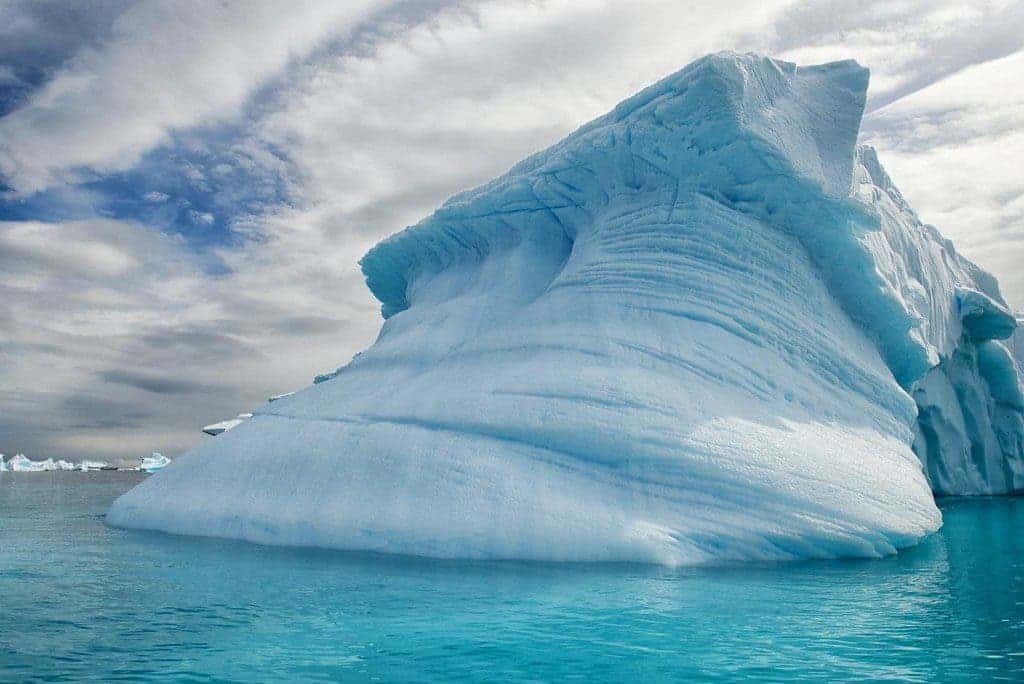As global temperatures continue to rise, researchers and climate experts are starting to wonder how far the planet is from reaching climate tipping points. The answer may worry many, but the good news is that there’s still time to act and avoid the worst consequences of global warming.

Tipping points are extremely important in all complex systems, and climate is no exception. A tipping point is basically a key threshold after which equilibrium is broken — in this case, tipping points occur when the global or regional climate variates from one stable state to another stable state. They may or may not be reversible, and might bring snowball effects — or in this case, anti-snowball effects.
For instance, irreversible polar ice melt is a classic tipping point. If this happens it will trigger a series of cascading effects, accentuating global warming (ice reflects much more solar energy than whatever lies underneath it), disrupting the ocean circulation, causing sea-level rise, and causing an overall bloodbath of global and regional climatic effects. Climate tipping points, both regional and global, are not something you want to mess with.
The Intergovernmental Panel on Climate Change (IPCC), the leading group of scientists analyzing global climate, started talking about tipping points 20 years ago claiming they would happen only if the temperatures went up over 5 degrees Celsius compared to pre-industrial levels. In other words, they believed that if warming reaches 5 degrees, this will trigger irreversible, global, and dramatic changes.
But they might have been too optimistic.
The most recent reports published this year by the IPCC, one focused on oceans and one on land, suggested that some tipping points could be surpassed with global warming of between 1 and 2 degrees Celsius. This brings us to the main problem and also the main solution.
The temperature has already increased 1 degree Celsius and that’s why countries have committed to take action through the Paris Agreement, signed in 2015 with the goal of limiting global warming to 2 degrees Celsius. But countries felt short as based on their pledges the temperature is likely to increase at least 3 degrees Celsius.
This requires an emergency response, Timothy Lenton, director of the Global System Institute, and a group of researchers recently claimed at a comment in Nature. While tipping points are “dangerously close,” mitigating emissions even further could reduce the accumulation of impacts and help the planet adapt to them.
The more global warming the planet faces the more tipping points that could be crossed, Lenton and his team claimed. According to the IPCC, exceeding the 1.5 degrees Celsius barrier would lead to abrupt changes, including sea ice – which is already shrinking quite fast in the Artic.
Many regions are already feeling the consequences. The Amundsen Sea embayment in West Antarctica could have already surpassed a tipping point as the line in which ice, ocean and bedrock meet is retreating irreversible. When the sector collapses, the rest of the West Antarctic ice sheet could destabilize and lead to further sea-level rise.
The East Antarctic ice sheet also has unstable parts that could mean three to four extra meters of sea-level rise in a century, while Greenland could add up to seven meters over thousand years if it surpasses a tipping point. Greenland’s ice sheet is basically doomed with a 1.5-degree Celsius global warming.
Lenton and the group of researchers claim the world has already “committed future generations to living with sea-level rises of around 10 meters over thousands of years,” as a consequence of global warming. But the timescale is still under control and the amount of melting will depend on the further climate action implemented.
“The intervention time left to prevent tipping could already have shrunk towards zero, whereas the reaction time to achieve net-zero emissions is 30 years at best. Hence, we might already have lost control of whether tipping happens,” they claimed. “A saving grace is that the rate at which damage accumulates from tipping — and hence the risk posed — could still be under our control to some extent.”
The next couple of years will be crucial. In December, countries will meet in Spain to finish the rulebook of the Paris Agreement, which will help with its implementation on a national scale. Then, in 2020, countries will have to unveil new and improved climate pledges, aiming at further ambition.






